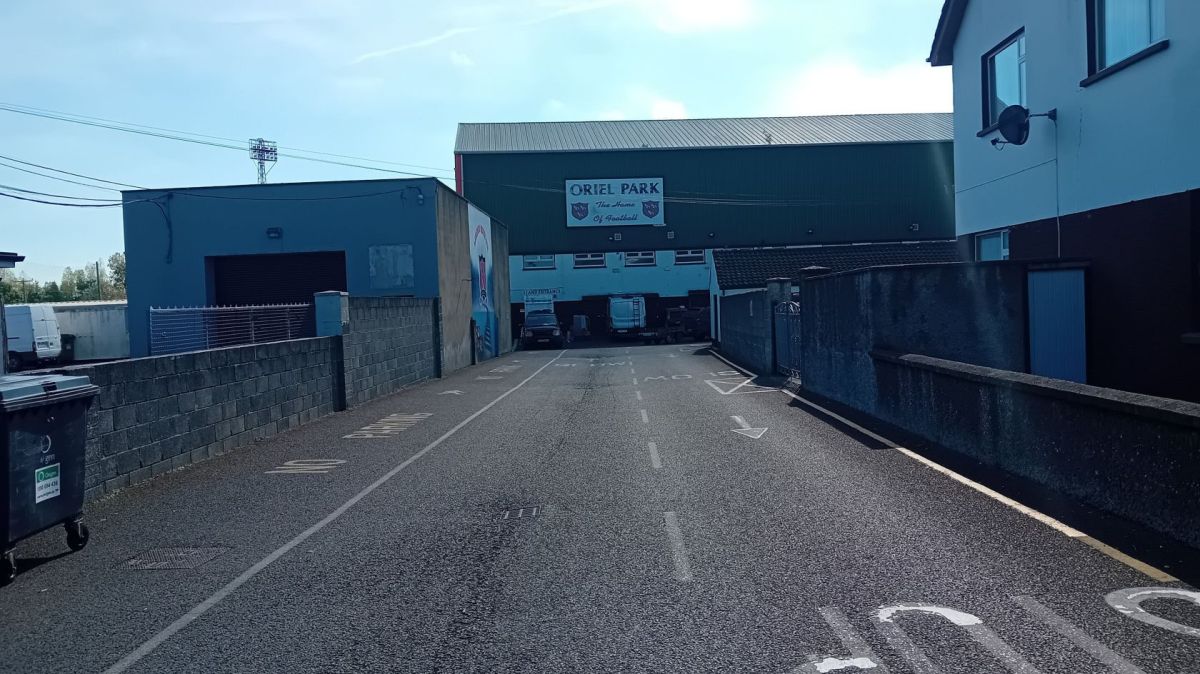Plastic bottles remain the third most common type of trash, according to the poll. As individuals become used to the plan, the alliance anticipates further progress.
For this yearly assessment, the amounts of litter in over 500 places throughout 40 urban regions are tracked.
There is an increase in the number of locations designated clean nationwide. No town was determined to be very or significantly littered. The Deposit Return programme had a role.
According to the report, it has so far led to about 30% fewer cans and 20% fewer plastic bottles being left on the streets.
In the coming months, more reductions are anticipated as old non-returnable products are removed from the system.
According to Irish Business Against Litter, these preliminary findings show that individuals will act morally when given a financial incentive, and a coffee cup charge will follow the same pattern.
It was stated that the best approach to clean up our streets of trash is to target particular types of litter using specialised tactics.
An Taisce's survey, carried out on behalf of IBAL, revealed a 35% decrease in the number of towns classified as “littered” and a healthy increase in the number of towns attaining the higher tier of cleanliness “Cleaner than European Norms.”
Of the forty towns and cities in the assessment, Naas in County Kildare was the cleanest.
Monaghan, Blanchardstown, Kilkenny, Ennis, Castlebar, and Nenagh in County Tipperary came next, in that order.
The Northside of Cork, Ballymun, Dublin's North Inner City, Dublin City Centre, and Ballybane in Galway City were all ranked lowest because they were seen to be littered.
But overall, city regions did better than they did the previous year. Limerick City, Mahon in Cork, Tallaght, and the inner city of north Dublin all saw noticeable changes.









